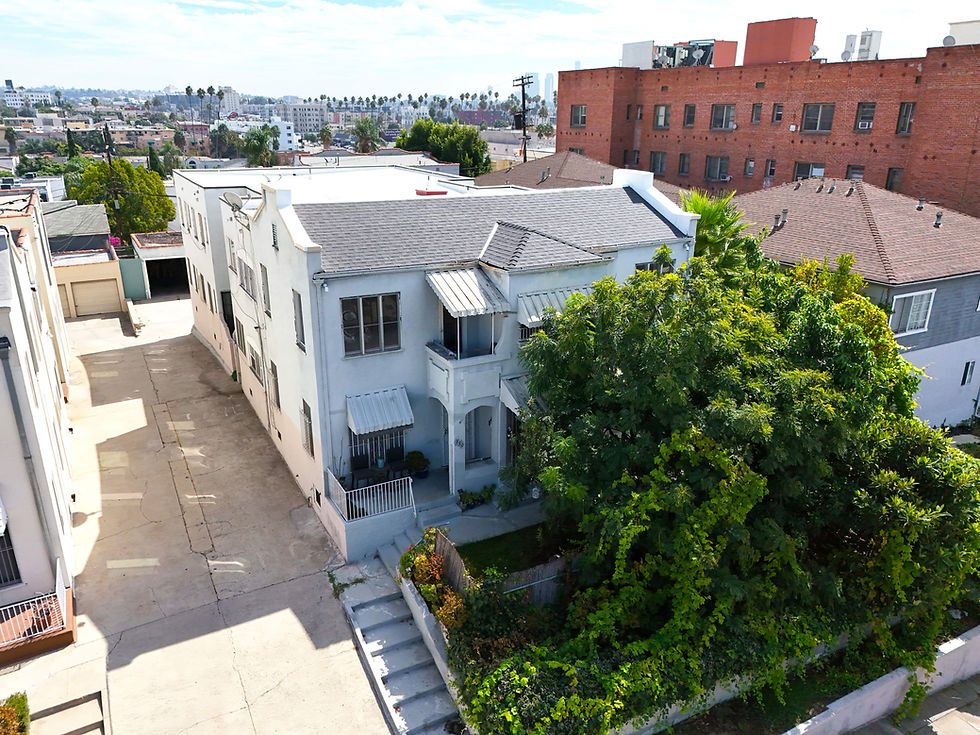Los Angeles Multifamily Rent Growth Remains Stubbornly Low
- Jason Tuvia

- Aug 29
- 2 min read

For the past eight consecutive quarters ending in the second quarter of 2025, rent growth in Los Angeles has registered modest gains, with increases of less than 1% each quarter. This represents the longest sustained period of muted growth in the past 10 years of CoStar’s record during which the quarterly growth rate consistently remained within a narrow 50-basis-point range.
The only comparable stretch occurred between the third quarter of 2017 and the fourth quarter of 2018, when year-over-year rent growth hovered between 3.0% and 3.4% for six quarters. However, that earlier episode was both shorter and less remarkable, as 3% rent growth is considered healthy for the sector.
Today’s tepid rent growth stands in stark contrast to Los Angeles’ 10-year average of 2.7% year over year, which is nearly 300% greater than the recent eight-quarter average of 0.68%.
An analysis by asset quality reveals a similar pattern among four- and five-star properties, while one- to three-star assets have experienced negative rent growth, highlighting a clear divide between asset classes within the Los Angeles market.
Despite this subdued growth, rents have continued to increase, reaching the highest levels on record. The average asking rent in Los Angeles is now $2,320, which is 31% above the national average of $1,775.
One notable exception to the broader trend is the South LA market, which has achieved an average annual rent growth rate of 2.8% over the past two years. South LA has not recorded a single quarter of negative rent growth in the past decade and boasts some of the lowest vacancy rates in the metro area, at 3.0%. The construction pipeline in South LA remains modest, with just 560 net new apartment units completed over the past 10 years. Most of the market’s land is zoned for single-family residences, making barriers to entry high. The average rent in South LA stands at $2,042 per unit, approximately 15% below the average for the metropolitan area.
Conversely, Koreatown — the area’s second-largest market by inventory — has experienced eight consecutive quarters of negative rent growth, averaging minus 4.3% year over year. This decline is likely driven in part by the substantial pipeline of new supply, as Koreatown currently has the highest number of units under construction in the metropolitan area.
Persistent weak rent growth in Los Angeles may be attributed to broader economic challenges. Population outmigration to lower-cost regions and job losses in key sectors such as technology and entertainment have contributed to reduced demand, leading landlords to hold off on increasing rents.




Comments